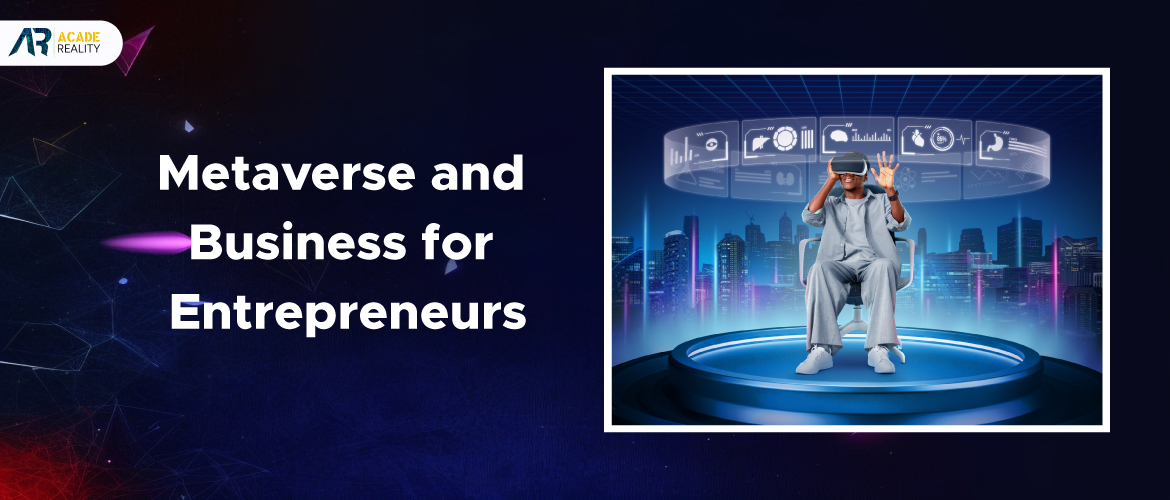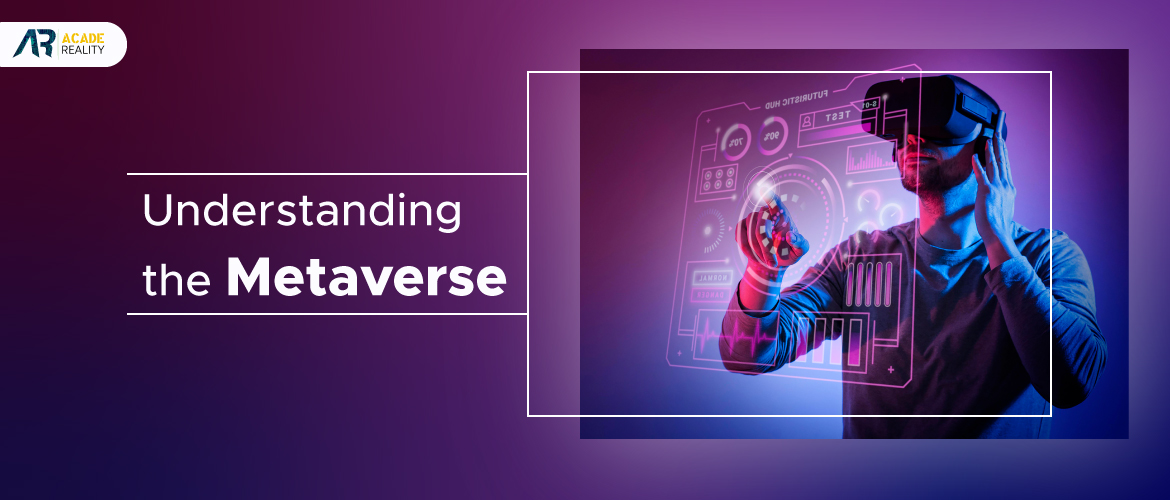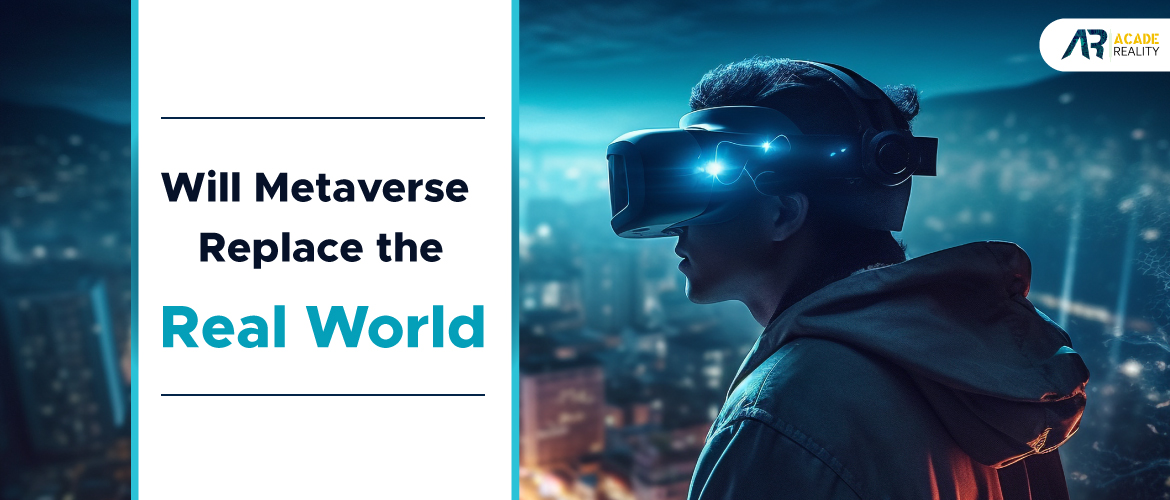Design Principles for the Metaverse: A Complete Guide

The metaverse stands out as a revolutionary concept, opening new doors for business owners, professionals, and entrepreneurs alike. As we embark on this exciting journey into virtual realms, understanding the design principles that govern the metaverse becomes paramount. This complete metaverse design guide is your compass, navigating you through the intricacies of design for the metaverse and ensuring a seamless transition into this dynamic digital frontier.
Introduction: Unveiling the Metaverse
The metaverse, a term coined from the fusion of "meta" (meaning beyond) and "universe," represents a collaborative virtual shared space that is created by the convergence of physical and virtual reality. As business owners, professionals, and entrepreneurs, embracing the metaverse is not just a technological shift but a strategic move to redefine the way we connect, communicate, and conduct business.
Understanding Metaverse Design: A Holistic Approach
Metaverse goes beyond mere aesthetics; it involves crafting immersive, interactive, and user-friendly experiences. The first principle is to prioritize user experience (UX) and user interface (UI) design. A seamless interface ensures that users can effortlessly navigate the virtual space, fostering engagement and satisfaction. Intuitive navigation, visually appealing aesthetics, and responsive design are key elements that contribute to a flattering user experience.
Moreover, Metaverse's design must take accessibility into account. Creating an inclusive virtual environment ensures that individuals with diverse abilities can participate fully. This not only aligns with ethical considerations but also broadens the reach and impact of your virtual presence.
Metaverse Design Principles: A Blueprint for Success
1. Spatial Awareness and Architecture
Central to metaverse is the creation of spatial awareness and architecture. Virtual spaces need to be intuitively organized, allowing users to transition between different zones seamlessly. Consideration should be given to the purpose of each space, whether it's for business meetings, networking, or entertainment. An organized and purposeful spatial architecture enhances user engagement and contributes to a more immersive experience.
2. Interoperability and Standardization
In the diverse landscape of the metaverse development, interoperability, and standardization are crucial design principles. As a business owner or entrepreneur, ensuring that your virtual presence can seamlessly integrate with various platforms and services is vital for reaching a broader audience. Standardizing certain aspects of design and functionality contributes to a cohesive and user-friendly experience across the metaverse.
3. Security and Privacy
With the increased integration of the metaverse services into our professional and personal lives, security and privacy become paramount concerns. Designing virtual environments with robust security features and privacy controls is essential. Providing users with the assurance that their data is secure fosters trust, making them more likely to engage with your virtual offerings.
4. Personalization and Customization
Recognizing the individuality of users is a cornerstone of effective design for the metaverse. Providing tools for personalization and customization allows users to tailor their virtual experience to align with their preferences and needs. Whether it's custom avatars, virtual spaces, or personalized content recommendations, a personalized metaverse enhances user satisfaction and engagement.
The Future of Metaverse: A Glimpse Ahead
As we delve into metaverse development, the future holds limitless possibilities. Virtual reality (VR), augmented reality (AR), and mixed reality (MR) will continue to converge, blurring the lines between physical and virtual realities. The design principles discussed here will evolve to accommodate these advancements, shaping a metaverse that is even more immersive, interactive, and integrated into our daily lives.
Imagine a future where virtual meetings feel as natural as face-to-face interactions, where businesses seamlessly operate in a digital space that mirrors the physical world in unprecedented ways. The evolution of design for the metaverse will likely lead to innovations in haptic feedback, real-time collaboration, and AI-driven personalization, further enhancing the user experience.
Expanding Metaverse Horizons: Integration and Collaboration
In the ever-evolving metaverse landscape, the importance of integration and collaboration cannot be overstated. Designing virtual environments that seamlessly integrate with existing technologies and platforms is crucial for a cohesive user experience. As a business owner or professional, leveraging collaborative tools within the metaverse can enhance productivity and foster innovation.
Consider the potential of collaborative virtual workspaces where groups from around the globe can collaborate in real-time, breaking down geographical barriers. Integrating design for the metaverse with existing business processes allows for a more natural transition into this digital frontier, ensuring that the metaverse becomes an extension of, rather than a disruption to, traditional workflows.
Furthermore, collaboration extends beyond the business realm to encompass partnerships and alliances within the metaverse community. Establishing connections with other businesses, professionals, and content creators amplifies your virtual presence, creating synergies that benefit all parties involved. This collaborative spirit not only contributes to a thriving metaverse ecosystem but also opens doors to new opportunities and innovative ventures.
Looking Ahead: The Metaverse as a Catalyst for Change
As we gaze into the future, it becomes evident that the metaverse is more than a technological shift; it's a catalyst for societal and economic change. For instance, the integration of blockchain technology within the metaverse holds the potential to revolutionize transactions, ownership, and digital rights. Smart contracts and decentralized systems could redefine how business transactions occur in this virtual realm, bringing newfound efficiency and transparency.
Moreover, the metaverse is poised to become a hub for education, training, and skill development. Virtual classrooms and training simulations can provide immersive learning experiences, transcending traditional educational boundaries. Professionals can upskill and reskill in a dynamic virtual environment, staying ahead in an ever-evolving job market.
In this transformative era, forward-thinking business owners and entrepreneurs have the opportunity to shape the metaverse into a reflection of their values and aspirations. By embracing the principles of inclusivity, innovation, and sustainability, the metaverse can become a space that not only entertains and connects but also drives positive change on a global scale.
Sustainability in the Metaverse: Designing for a Greener Future
In the pursuit of a holistic complete metaverse design guide, the imperative of sustainability must not be overlooked. As we navigate the uncharted territories of virtual reality, the ecological footprint of the metaverse becomes a critical consideration. Sustainable design principles within the metaverse involve optimizing energy consumption, reducing carbon emissions, and employing eco-friendly practices.
Business owners and professionals should strive for energy-efficient virtual spaces, incorporating technologies that minimize environmental impact. This includes utilizing renewable energy sources to power servers, adopting energy-efficient hardware, and implementing algorithms that optimize resource utilization. By integrating sustainability into the design for the metaverse, we not only align with global environmental goals but also future-proof our virtual endeavors.
Furthermore, the metaverse services can be a platform for advocating sustainable practices in the physical world. Virtual simulations and experiences can educate users on environmental problems, fostering a sense of responsibility and promoting eco-conscious behaviors. Business initiatives within the metaverse can also reflect real-world sustainability efforts, contributing to a global movement towards a greener future.
Metaverse Governance: Navigating Ethical Challenges
As the metaverse expands its influence, governance becomes a crucial aspect of design. Ethical considerations in metaverse services involve addressing issues such as digital rights, privacy, and content moderation. Business owners and professionals must be aware of the ethical implications of their virtual presence, ensuring that user rights are respected and content is curated responsibly.
In the future, the governance of the metaverse may evolve to include decentralized systems, ensuring a fair and transparent virtual society. Blockchain technology, with its emphasis on decentralization and transparency, could play a pivotal role in shaping the ethical landscape of the metaverse. As we design virtual spaces, consideration for ethical guidelines and user protections will be instrumental in building a metaverse that is not only technologically advanced but also ethically sound.
Conclusion: Embracing the Metaverse Renaissance
In conclusion, the metaverse is not just a technological trend; it is a renaissance that beckons businesses, professionals, and entrepreneurs to partake in a digital revolution. As we expand our understanding of metaverse design to include integration, collaboration, and its societal impact, we lay the groundwork for a virtual realm that is not only visually and functionally appealing but also socially and economically transformative.
Embracing the metaverse renaissance requires a holistic approach, where design principles are infused with the spirit of collaboration, adaptability, and a forward-looking vision. The metaverse is not a destination but a dynamic journey, and those who embark on it with a commitment to innovation and inclusivity will definitely play a pivotal part in shaping the digital landscapes of tomorrow. As the metaverse continues to unfold its limitless potential, let us venture forth with curiosity, creativity, and a shared vision of a connected and empowered digital future.
You Might Like





